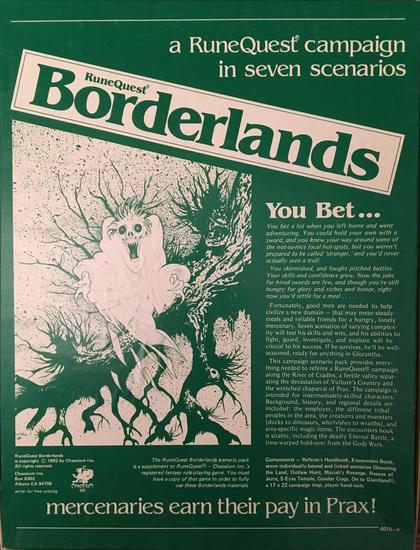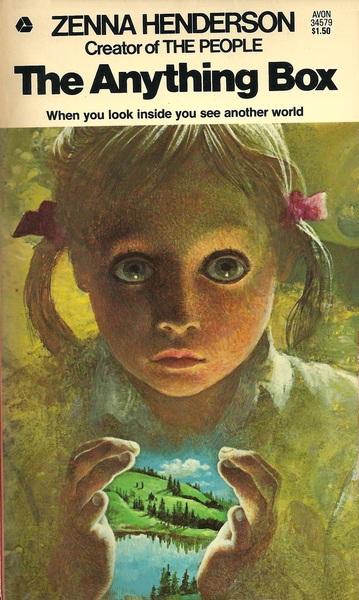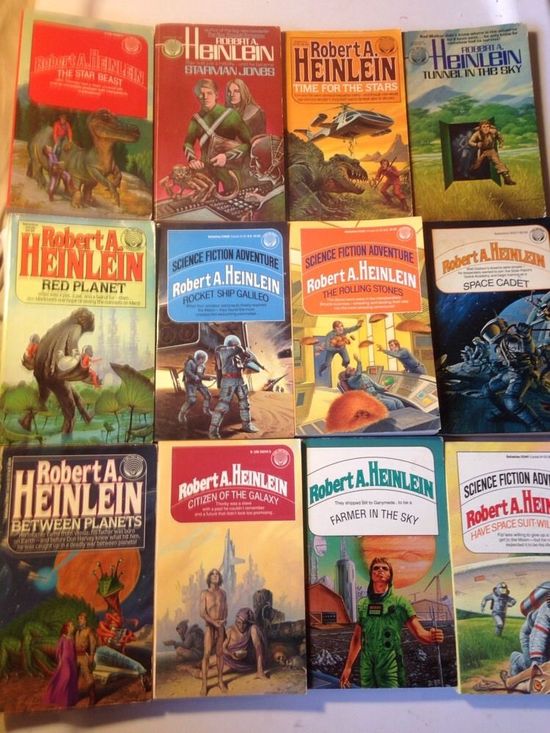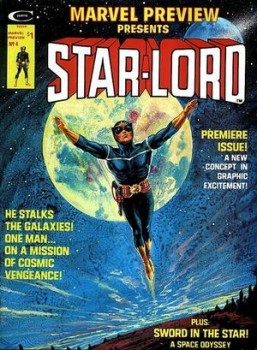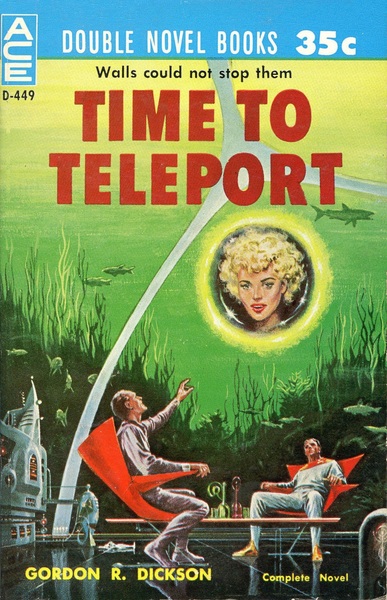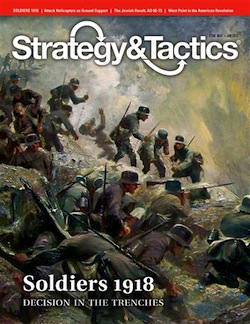Adventure in The Old Kingdom: The Minikins of Yam by Thomas Burnett Swann
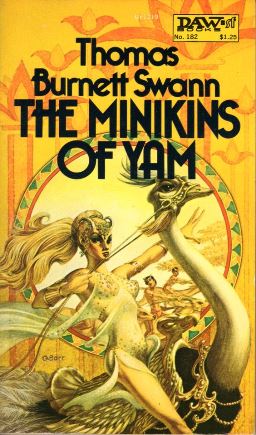
I am on holiday and, while taking a break from work, am also taking a short break from my ongoing retro review of Jane Gaskell’s Atlan Saga. My growing Books to Read shelf produced two volumes that spoke to me: The Minikins of Yam by Thomas Burnett Swann, and Swords Against Death by Fritz Leiber. The latter has been well reviewed and discussed on the Black Gate blog, but Swann has received a lot less attention.
Thomas Burnett Swann (1928 to 1976) wrote a number of books, essays and short stories during his career, but seems to have been most prolific during his later years. He is an author I have never read before, and I picked up the DAW copy of The Minikins of Yam at a second hand book shop for the huge sum of ZAR12 (about 80 cents).
The cover and age intrigued me and when I glanced at the first three lines: “Egypt. Chemmis. The palace of Pharaoh,” I was hooked. I have always been fascinated with ancient Egypt, and this book spoke to me. While Mr Swann was not familiar to me, he has appeared before in Black Gate, in blog posts about his novels The Weirwoods and Wolfwinter by John O’Neill.
The volume I read is a slim 156 pages and was published by DAW books in 1976, so it may be one of the last books the author saw published in his lifetime. The only later edition appears to have been from Wildside Press in 2013. The DAW edition includes a few internal illustrations by the prolific George Barr, who also did the cover, featuring a near-naked satyr like creature (a minikin) riding an ostrich.
The story commences with the juvenile Pharaoh, Pepy II, in Old Kingdom Egypt, where the lonely young Pharaoh sneaks out each night in disguise to help the poor. Next wee meet the Pharaoh’s father-like friend Harkhuf, an accomplished soldier and adventurer, who has traveled beyond Nubia into the land of Yam in search of a black dwarf, whom the Pharaoh would be pleased to see dance in his court.


